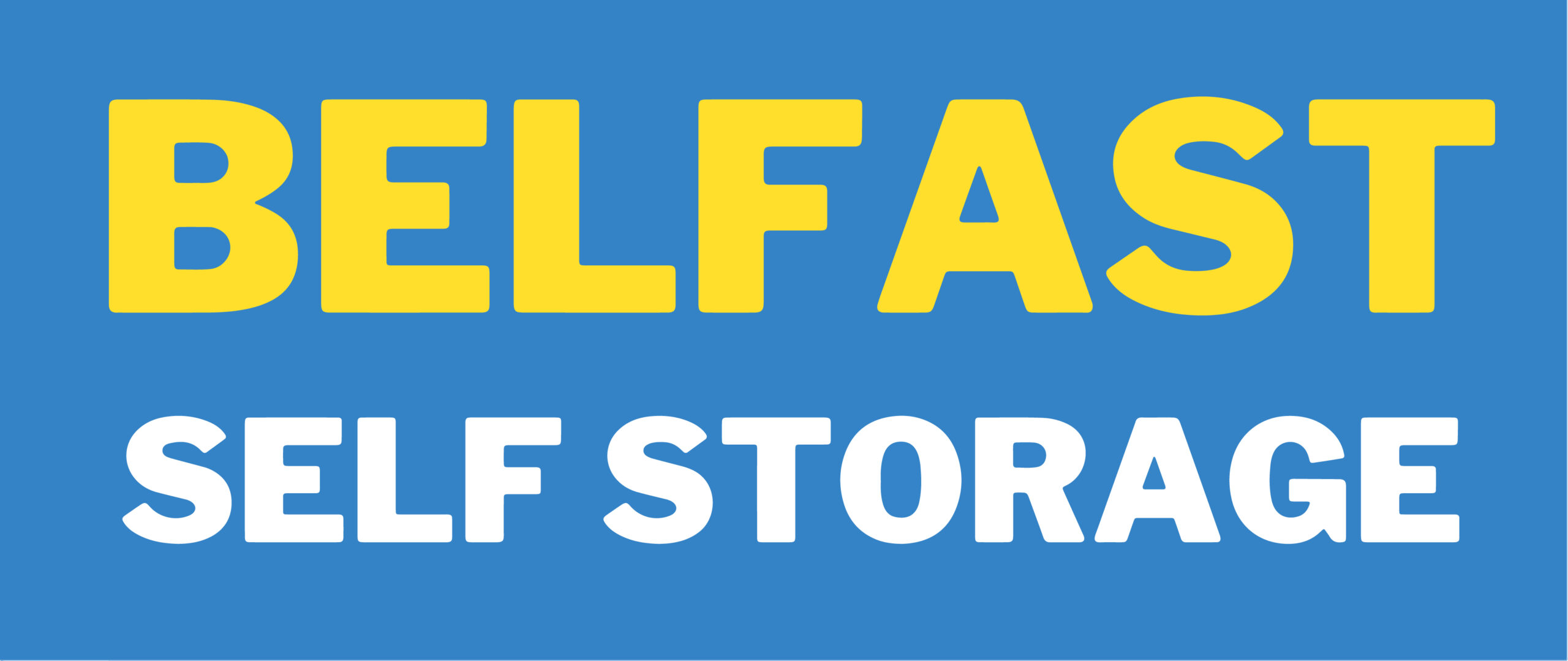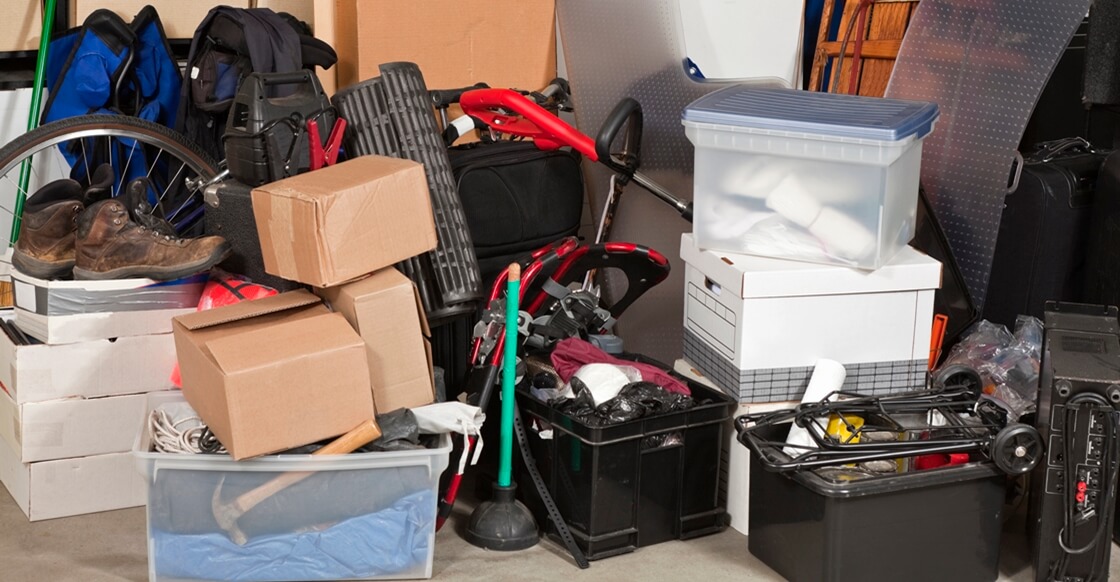Self-storage units are incredibly versatile. Some people are looking for somewhere to store unneeded belongings for long periods. Others will require frequent access to their stored goods.
Self-storage units are frequently used as storage for business stock, tool stores, household storage “overflow”, seasonal belongings, and much more. Scenarios like this often require regular access.
Why organising your storage unit properly is important
The Irish summer can be fickle, so we all want to make the most of every opportunity. Imagine an unseasonably warm spring weekend, and the decision is made to go on the first camping trip of the year.
The only problem is the camping gear is still stored away securely in your storage unit for the winter. Now instead of enjoying an early spring camping trip, you find yourself sitting surrounded by opened boxes and crates, hunting down the tent pegs and camping stove.
For businesses, improper storage can be more than just a hassle. It wastes precious time, and “time is money” after all.
For whatever reason, frequent access is required, a little bit of organisation can save a huge amount of hassle. Here are our top tips for organising your self-storage unit for frequent access.
Top tips for organising your self-storage unit for frequent access
Our friendly team of storage experts have compiled a list of top tips for organising your storage unit. Most of these require little effort other than just some forethought and some wisely spent time when you store your belongings.
1. Invest in good quality boxes and packing equipment
At first glance, this might not seem all that important when organising your storage unit, but quality storage boxes can make a big difference.
First of all, they stack better than cheaper boxes and are less likely to collapse, leaving you with a crumpled heap of jumbled and potentially broken items. Stronger boxes are also better for storing frequently accessed goods, as they suffer less from wear and tear each time they are accessed.
2. Select the proper size of box
Choosing the correct size of box is also important. It is often the case that people go for the largest size of box possible. But this can be counterproductive, large boxes are ungainly to handle, can get very heavy when filled, and don’t stack well.
Similarly, small boxes can be impractical and stacking them can be likened to a game of Jenga. The trick is to select a box size that is comfortable to handle yet is still a practical option.
Another tip when choosing your boxes is to try as much as possible to use the same size of box for all your storage. This allows for much easier stacking and – you guessed it – makes it easier when frequent access is required.
3. Label Properly
This is another one that is often overlooked. Often people will label boxes fairly generically – Kitchen Utilities – Garden Stuff – Outdoor Clothing etc. This is probably adequate for long-term storage when everything is retrieved at once but will soon become a major source of frustration if boxes require to be regularly accessed.
Create a list of all the items or very specific categories and attach it securely to each box. A little time spent here can make all the difference. It is also a good idea to put a mark on each box that contains goods that will require frequent access.
Some people go as far as making a master list that acts as a map of where each box is in the unit and what it contains.
The point is to create a labelling system that works for you and adequately lets you quickly pinpoint where any given item is.
4. Install Shelving
If you are using a self-storage unit on a long-term or ongoing basis, then installing shelving units helps keep your unit organised. As well as providing additional storage, shelving units help keep your unit uncluttered and allow for easier access to all the stored belongings.
5. Pre-plan your storage
A little time spent planning where everything is to be stored will pay dividends in the long run. When planning your unit, make sure to lay it out so that you can still move freely through the unit and don’t have to clamber over boxes or equipment to get at your gear.
The other thing to ensure is that items that require frequent access are situated in convenient places. If there are seldom used items, these can be placed at the bottom of stacks or at the back of the unit.
6. Choose a unit that is large enough
Finally, organising a storage unit is far easier if the unit is large enough for the job. No amount of organising will help if the stored items have to be shoehorned into a cramped unit.
Summing Up
Spending a little time and some attention to detail as you store your items will save a lot of headaches and time each time you retrieve belongings from your unit. At Belfast Self Storage, our storage experts will be delighted to advise on the perfect size of storage unit and how to maximise its use for frequent access.
Contact us today to find out more about our flexible self-storage solutions in Belfast.


